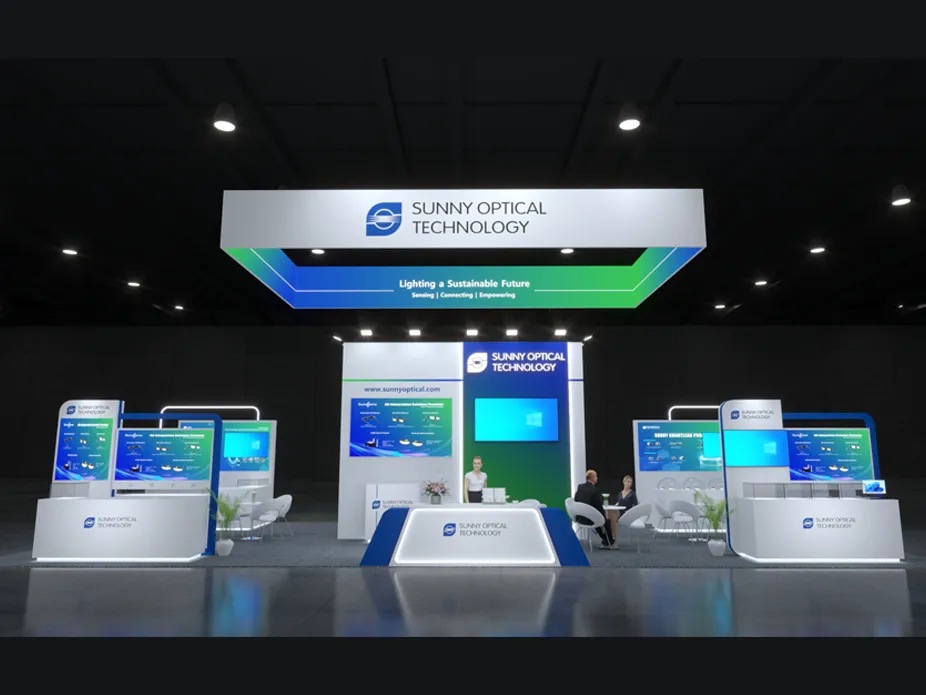In the intricate design of modern vehicles, the unassuming yet crucial components known as vehicle lenses play a pivotal role in ensuring safety, communication, and visibility on the roads. From headlights to signal lights, these lenses are not merely cosmetic elements but sophisticated components that contribute to the overall functionality of a vehicle. In this exploration, we delve into the multifaceted functions of vehicle lenses, shedding light on their roles in illuminating roads and signaling safety.
The primary function of headlight lenses is to provide illumination and enhance visibility for drivers navigating roads in various conditions. Whether it's the piercing beam of high-intensity discharge (HID) headlights or the traditional glow of halogen bulbs, the design of headlight lenses plays a critical role in directing and focusing light. Advanced technologies, such as projector lenses, further refine the beam pattern, ensuring optimal illumination while minimizing glare for oncoming drivers.
Modern vehicles are increasingly equipped with adaptive lighting systems, and the functionality of headlight lenses is at the core of these innovations. These systems dynamically adjust the direction and range of the headlights based on factors such as vehicle speed, steering input, and environmental conditions. By adapting to the driving context, adaptive lighting enhances safety by providing optimal illumination in every scenario, whether navigating city streets or cruising on highways.
Signal lenses, particularly those used for turn indicators, are crucial for communicating a driver's intent to others on the road. The color, intensity, and pattern of the light emitted from turn signal lenses convey essential information to surrounding drivers, pedestrians, and cyclists. The functionality of these lenses extends beyond mere signaling; they contribute to overall road safety by reducing ambiguity and facilitating smoother traffic flow.
Brake light lenses play a vital role in alerting other road users when a vehicle is decelerating or coming to a stop. The intensity of the light, often enhanced by features like LED technology, ensures immediate visibility. The rapid illumination of brake lights, facilitated by the quick response time of these lenses, is critical in providing a prompt warning to drivers behind, helping prevent rear-end collisions and enhancing overall road safety.
Fog light lenses are designed to address the specific challenges posed by adverse weather conditions, such as fog, rain, or snow. These lenses emit a low, wide beam that is positioned closer to the ground, minimizing light reflection and scattering. The functionality of fog light lenses is to cut through the fog, enhancing visibility for the driver without causing the blinding glare that could result from using high beams in such conditions. This focused illumination aids in navigating safely through challenging weather scenarios.
Some vehicles are equipped with cornering lenses that illuminate the area around the vehicle during turns. These lenses enhance safety by providing additional lighting in the direction of the turn, improving visibility for the driver and alerting pedestrians and other drivers to the vehicle's path. The functionality of cornering lenses is particularly valuable in urban settings and tight intersections, reducing blind spots and enhancing overall situational awareness.
In conclusion, the functions of vehicle lenses extend far beyond their aesthetic appeal. They are integral components that contribute to the safety, communication, and visibility aspects of modern vehicles. Headlight lenses illuminate the path ahead, adaptive lighting systems enhance driving dynamics, turn signal lenses communicate driver intent, brake light lenses ensure prompt warnings, and fog light lenses navigate through challenging conditions. Each type of lens serves a specific purpose, collectively contributing to the integrated brilliance that defines the modern automotive lighting system. As vehicle technologies continue to advance, the evolution of these lenses will play a crucial role in shaping the future of safe and efficient transportation.

【Exhibition Invitation】Visit us at CES 2026!
2025-12-10

Sunny Optical Gets Group LiDAR Standard Approved, Using Innovative Optical Solutions to Unlock Key Step in Mass Production
2025-11-25
![[Exhibition Invitation] Sunny Automotive Optech Invites You to the 26th China International Optoelectronic Exposition (CIOE 2025) [Exhibition Invitation] Sunny Automotive Optech Invites You to the 26th China International Optoelectronic Exposition (CIOE 2025)](/uploads/image/20250908/首图7.webp)
[Exhibition Invitation] Sunny Automotive Optech Invites You to the 26th China International Optoelectronic Exposition (CIOE 2025)
2025-09-08

Inquiry
Excellent Customer Service Ability
Key customer manager mechanism
Oversea supporting points
Excellent Process Control Ability
Fully automated production
DMC traceability management
VDA6.3 / IATF16949 verifications
Excellent R&D Ability
Advanced technology new product development cooperation
Cost-effective optical solution proposal based on customer needs
Ecosystem resource integration